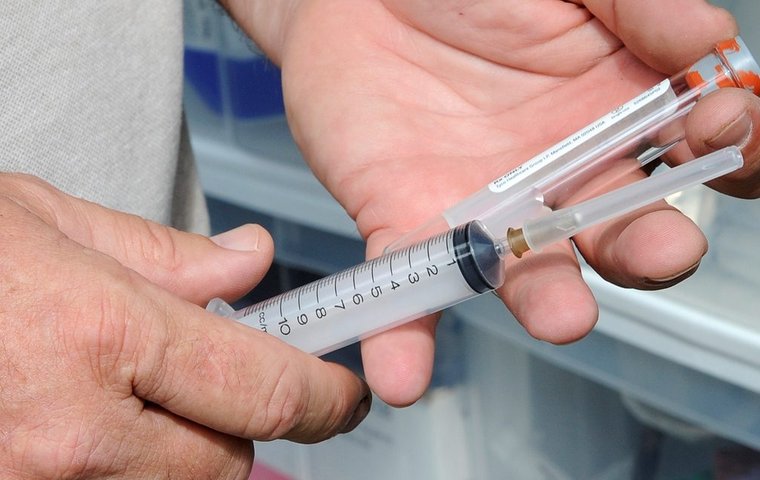
It’s been like pulling teeth.
I am referring to my quest to obtain information on the number of out-of-competition tests that each state in the U.S. conducts. Specifically, statistics from 2016.
This is information that should made public on an annual basis by the end of the first quarter each year. In other words, 2016 information should have been available in April 2017. The statistics for 2017 should available to the public now.
If you are interested in out-of-competition in British horse racing, you can simply go to the British Horseracing Authority website (it’s on page 38 of the 2016 Annual Report and Accounts). If you want to know about human athletics, you can go the United States Anti-Doping Agency (USADA) website: the stats are here.
These two organizations release this information for two reasons. First, in the spirit of transparency, they believe that those they regulate have a right to know this important information. Second, these organizations strive to implement strong deterrents to illegal doping practices, and thus they are quite proud to share the results of their labor.
Integral part of any program
In the United States, there is no single repository for this information because we have no unifying regulatory framework. Each state has its own regulatory body.
The responsibility to collect and share out-of-competition information naturally falls to the Association of Racing Commissioners International (RCI) – the trade association of racing commissioners. It’s their members that are responsible for drug testing, and they have collected it in the past. The RCI should be collecting this information from its members every year.
We all know that out-of-competition testing is an integral part of any drug testing program – or at least it should be. It’s an important barometer of the progress that is being made to protect the integrity of a sport – any sport. The amount of out-of-competition testing we do should be on the tip of the tongue of every well-informed regulator and race track executive in the country.
Recently, I have requested the information from the RCI on at least five occasions – including emails to both the immediate past RCI Chairman, Jeff Coliton, and RCI President, Ed Martin.
Thus far I have received nothing. I’ve waited several months.
Why is the RCI hiding this information?
I am not sure. Maybe the RCI is simply embarrassed by the lack of testing in some states and doesn’t want to put some of its member commissions in a bad light. Who knows, maybe it didn’t even bother to collect this information, knowing it might illicit a negative response.
Some states, like California and Delaware, put these statistics in their annual report. Both these states have been leaders in out-of-competition testing for a decade. In 2016, California conducted 1,686 such tests, while Delaware conducted 201. They are rightly proud of the efforts they have made.
Advantages of transparency
I have written about out-of-competition testing in the past. Just last April on this site, in a piece titled Out-of-competition testing: after a decade of neglect, what’s next? I wrote:
Approximately 14 percent of BHA testing will be out of competition this year. Such testing has been 11 percent in France and 10 percent in Hong Kong.
In the U.S., it’s just two percent.
The dismal numbers in the U.S. are the result of the lack of a national body to oversee medication and testing regulations. The racing industry in the U.S. is at the mercy of each individual state regulatory body, which totals over 30, to separately adopt the same regulation.
The advantages of transparency are many. First, it builds trust within the industry. Second, it’s necessary to earn and maintain a positive public perception. In addition, being upfront, even when the information is unfavorable, demonstrates integrity.
In the context of the out-of-competition information I have requested, transparency is necessary in order to showcase progress, or the lack thereof. Only by highlighting the growth and change in out-of-competition testing over time can we determine if we are being well served by the regulators who are the guardians of the integrity of our sport.
Simply stated, it’s about accountability.
I’d like to know now if the U.S. has made progress, and, if so, how much?
I can’t do that without the numbers. And the numbers won’t lie.
But, if they are hidden, we can’t know the truth.
--------------------
Joe Gorajec has spent his entire adult life in the racing industry and served as the executive director of the Indiana Horse Racing Commission for 25 years (1990-2015). He is also a former chairman of the North American regulators’ trade association, the Association of Racing Commissioners International (2008). Now semi-retired, he spends his time consulting, writing and gardening at his central Indiana home.


